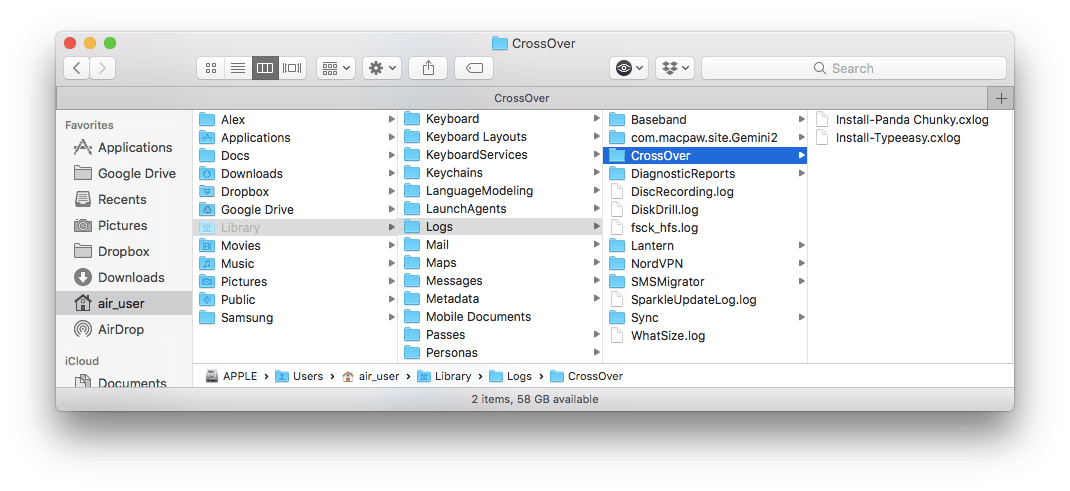When fsck is finished checking and repairing the filesystem, type reboot into the command prompt and press “Enter.” Conclusion. Fsck on the Mac isn’t as powerful as fsck on Linux, but it can still be a lifesaver if you end up with a corrupted boot disk or damaged hard drive. After successfully correcting a filesystem, fsck will print the number of files on that filesystem, the number of used and free blocks, and the percentage of fragmentation. If sent a QUIT signal, fsck will finish the filesystem checks, then exit with an abnormal return status that causes an automatic reboot to fail.
This question already has an answer here:
- fsck error on boot: /dev/sda6: UNEXPECTED INCONSISTENCY; RUN fsck MANUALLY 3 answers
Whenever i switch on Ubuntu I always see this message.
marked as duplicate by karel, Eric Carvalho, Martin Schröder, ravery, user364819 Feb 10 '18 at 14:40
This question has been asked before and already has an answer. If those answers do not fully address your question, please ask a new question.
2 Answers
Lets first check your file system for errors.
To check the file system on your Ubuntu partition...
- boot to the GRUB menu
- choose Advanced Options
- choose Recovery mode
- choose Root access
- at the # prompt, type
sudo fsck -f /orsudo fsck -f /dev/sda1 - repeat the fsck command if there were errors
- type
reboot
If for some reason you can't do the above...
Fsck Manual Machine
- boot to a Ubuntu Live DVD/USB
- open a
terminalwindow - type
sudo fsck -f /dev/sda1 - repeat the fsck command if there were errors
- type
reboot
From there, you should be able to drop to some maintenance shell (if not already opened), where you may run fsck -yf /dev/sda1.
If there are any errors rerun fsck -yf /dev/sda1
To login as usual simply run exit and proceed normally.
Not the answer you're looking for? Browse other questions tagged initramfsbusybox or ask your own question.
If you have to ask those questions then you really should not be booting into single user mode. You can cause real damage to your system.
Fsck Manual Mac Os

Briefly fsck is a program to check and repair disk drives. The root device mounted read only means the root disk is not writeable,
If you thing there is problems with your system boot into safe mode (hold the shift key while booting) and see if the problems go away or change.
BTW you never said why it is you are booting into single user.

Fsck Manual Mac Pro
good luck

Fsck Manual Macbook Pro
Apr 6, 2013 7:09 PM